What are the best lacrosse goals for improving shooting skills. How to choose durable weather-resistant goals for your backyard. Which portable nets are ideal for on-the-go practice. What netting options work best for different skill levels.
Choosing the Right Lacrosse Goal: Durability and Weather Resistance
When selecting a lacrosse goal for your backyard, durability and weather resistance are paramount. Opting for goals made from strong, rust-resistant materials ensures longevity and consistent performance regardless of the elements.
Top Materials for Outdoor Lacrosse Goals
- Aluminum: Lightweight yet sturdy, excellent rust resistance
- Powder-coated steel: Offers superior strength and weather protection
- Galvanized steel: Provides exceptional corrosion resistance
Why choose weather-resistant materials? Inferior goals made from cheap metals can start rusting after just one season of exposure to the elements. By investing in a high-quality, weather-resistant goal, you’ll enjoy years of reliable use and save money in the long run.
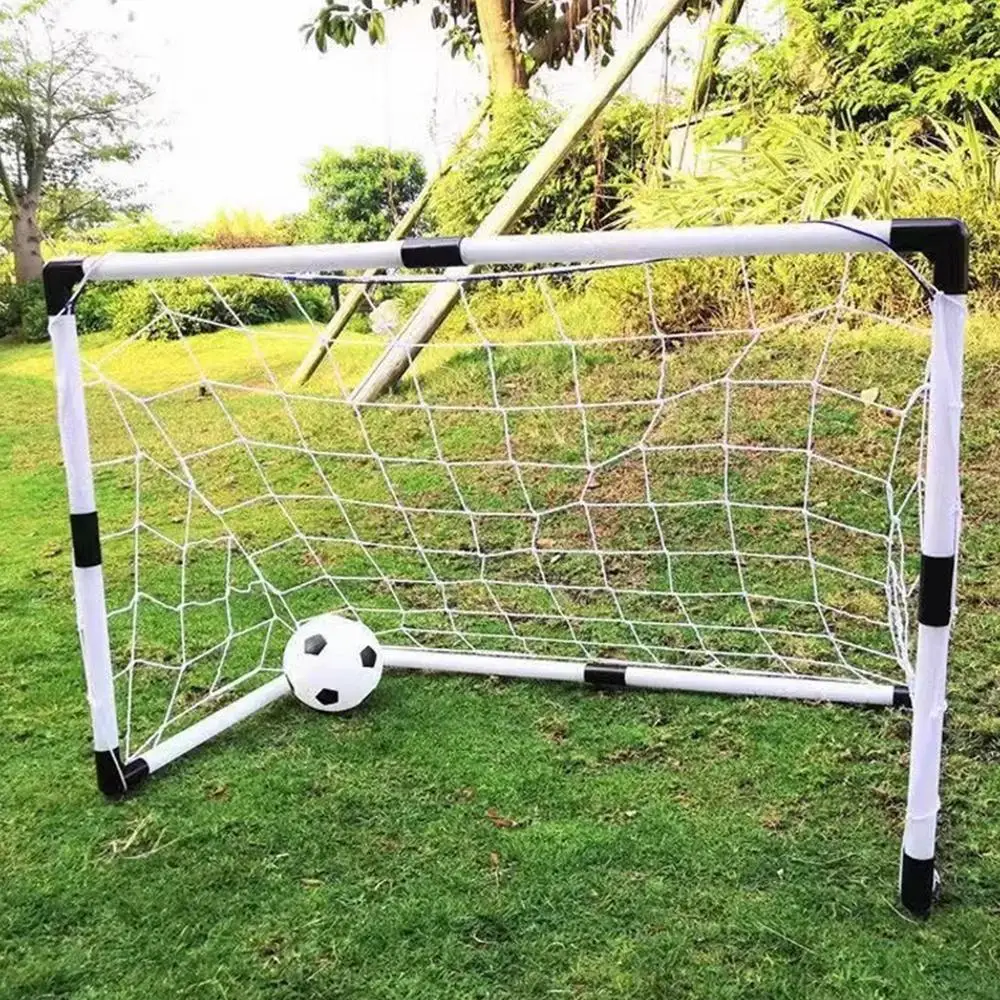
Portability: A Key Factor for Backyard Goals
While durability is crucial, portability should not be overlooked. Folding aluminum goals with wheels offer the perfect balance of sturdiness and mobility. These versatile options allow you to easily move your goal around the yard, maximizing space for other activities when not in use.
Enhancing Goal Stability: Anchoring Techniques
Proper anchoring is essential for safe and effective lacrosse practice. A stable goal not only improves gameplay but also prevents accidents during intense shooting sessions.
Effective Anchoring Methods
- Angle iron brackets: Provide excellent stability and prevent tipping
- Heavy-duty stakes: Ideal for securing goals on grass or soft surfaces
- PVC pipe ground sleeves: Offer a decent alternative, though not as sturdy as other options
How does proper anchoring benefit goalies? A rock-solid net allows goalies to make saves confidently without fear of colliding with unstable poles. This security translates to improved performance and reduced risk of injury.
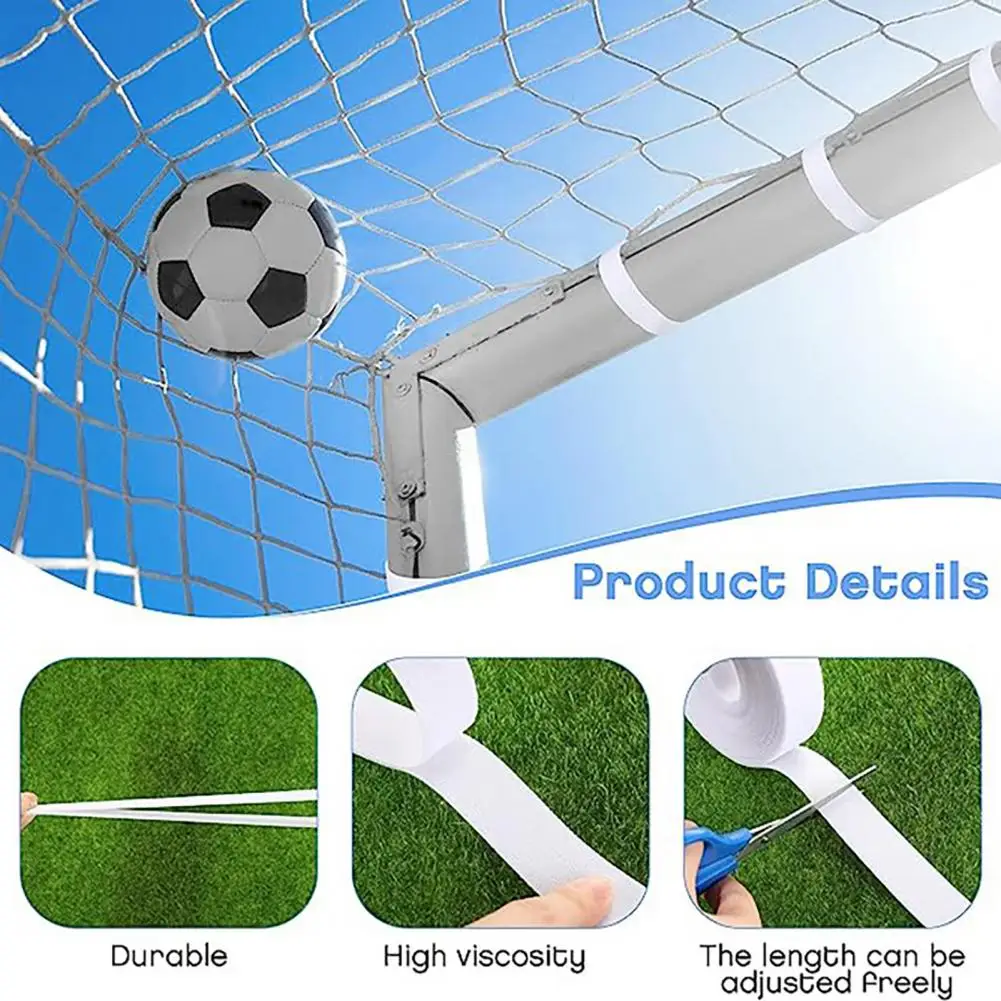
Netting Options: Tailoring Your Choice to Skill Level and Purpose
Selecting the right netting is crucial for optimizing your lacrosse practice experience. Different materials and designs cater to various skill levels and training purposes.
Netting Recommendations by Use Case
- Shooting and passing practice: Medium-weight polyester net
- Goalie training: High-density PE or thick knotless nets
- Beginners and children: Compressed netting for safety
Why consider replacing nets regularly? Fresh netting can significantly improve your practice experience. Replacing your net each season, which typically costs between $20-30, can breathe new life into old goals and enhance overall performance.
Portable Lacrosse Goals: Taking Your Game on the Road
For players looking to practice beyond their backyard, portable lacrosse goals offer unparalleled flexibility. These versatile options allow you to transform any open space into a practice zone.
Benefits of Portable Lacrosse Goals
- Easy transportation: Compact design fits in most vehicles
- Versatile practice locations: Set up in parks, fields, or any open area
- Off-season training: Maintain skills year-round
How do portable goals improve your game? Regular practice on regulation-sized goals helps develop muscle memory and improve shooting accuracy. This translates directly to better performance during competitive matches.
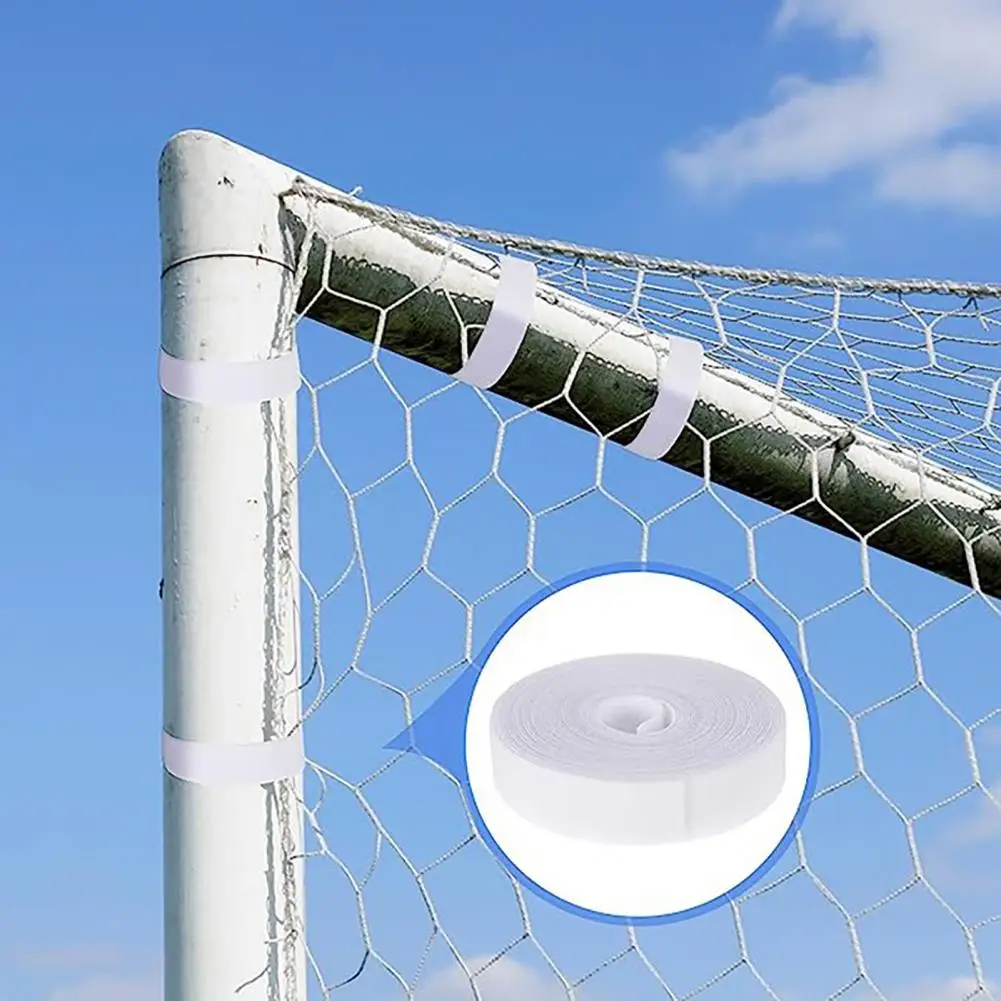
Lacrosse Goals for Kids and Beginners: Prioritizing Safety and Skill Development
When introducing young players or beginners to lacrosse, choosing the right goal is crucial for fostering skill development while ensuring safety.
Recommended Features for Beginner-Friendly Goals
- Smaller dimensions: Start with 3’x3′ goals for better control
- Compressed netting: Absorbs off-target shots, reducing rebound
- Adjustable height: Allows for gradual skill progression
- Padded poles: Minimizes impact from accidental collisions
Why use a backstop netting? Installing a backstop behind the goal contains missed shots, reducing ball retrieval time and keeping practice sessions focused and efficient.
Advanced Training: Specialized Goals for Skill Enhancement
As players progress, incorporating specialized training equipment can significantly boost skill development. Rebounder nets and mini goals offer unique benefits for advanced practice sessions.
Benefits of Specialized Training Equipment
- Rebounder nets: Improve passing accuracy and reaction time
- Mini goals: Enhance precision shooting and target practice
- Backstop netting: Contain errant shots and streamline practice
How do these specialized tools improve overall performance? By focusing on specific skills in a controlled environment, players can rapidly enhance their technique and consistency, leading to better on-field performance.

Maintenance and Care: Extending the Life of Your Lacrosse Goal
Proper maintenance is key to ensuring your lacrosse goal remains in top condition for years to come. Regular care not only extends the life of your equipment but also ensures consistent performance during practice sessions.
Essential Maintenance Tips
- Regular inspection: Check for loose bolts, worn netting, or signs of rust
- Cleaning: Remove dirt and debris after use, especially in wet conditions
- Storage: If possible, store portable goals indoors during harsh weather
- Lubrication: Apply lubricant to moving parts for smooth operation
Why is goal maintenance important? Well-maintained goals provide a safer practice environment and ensure consistent performance, allowing players to focus on skill development rather than equipment issues.
Customizing Your Lacrosse Practice Space: Beyond the Goal
Creating an effective lacrosse practice area involves more than just setting up a goal. By incorporating additional elements, you can create a comprehensive training environment that addresses multiple aspects of the game.
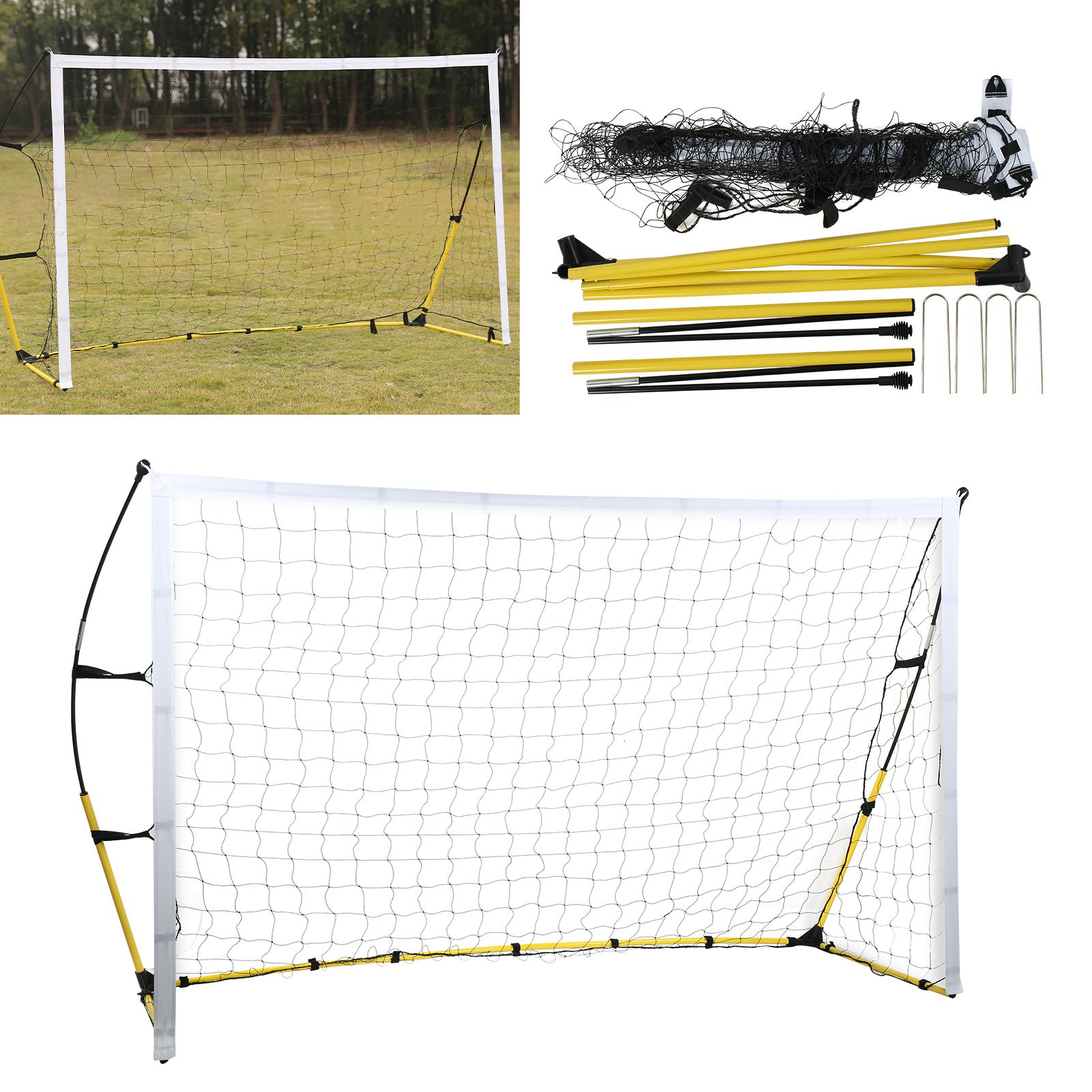
Elements to Enhance Your Practice Space
- Shooting targets: Improve accuracy and shot placement
- Agility ladders: Enhance footwork and coordination
- Cones: Set up drills for dodging and stick handling
- Ball return system: Increase repetitions and reduce downtime
How does a well-designed practice space benefit players? A diverse training environment allows for comprehensive skill development, addressing various aspects of the game in a single session. This holistic approach leads to more well-rounded players and improved on-field performance.
Investing in Quality: Long-Term Benefits of Premium Lacrosse Goals
While it may be tempting to opt for cheaper lacrosse goals, investing in high-quality equipment offers significant long-term advantages. Premium goals not only last longer but also provide a superior practice experience.
Advantages of High-Quality Lacrosse Goals
- Durability: Withstand intense use and harsh weather conditions
- Consistency: Maintain shape and tension for accurate practice
- Safety: Robust construction reduces the risk of accidents
- Resale value: Quality goals retain value over time
How does investing in quality goals impact skill development? Consistent and reliable equipment allows players to focus on technique and skill improvement rather than compensating for equipment limitations. This leads to more effective practice sessions and faster progress.
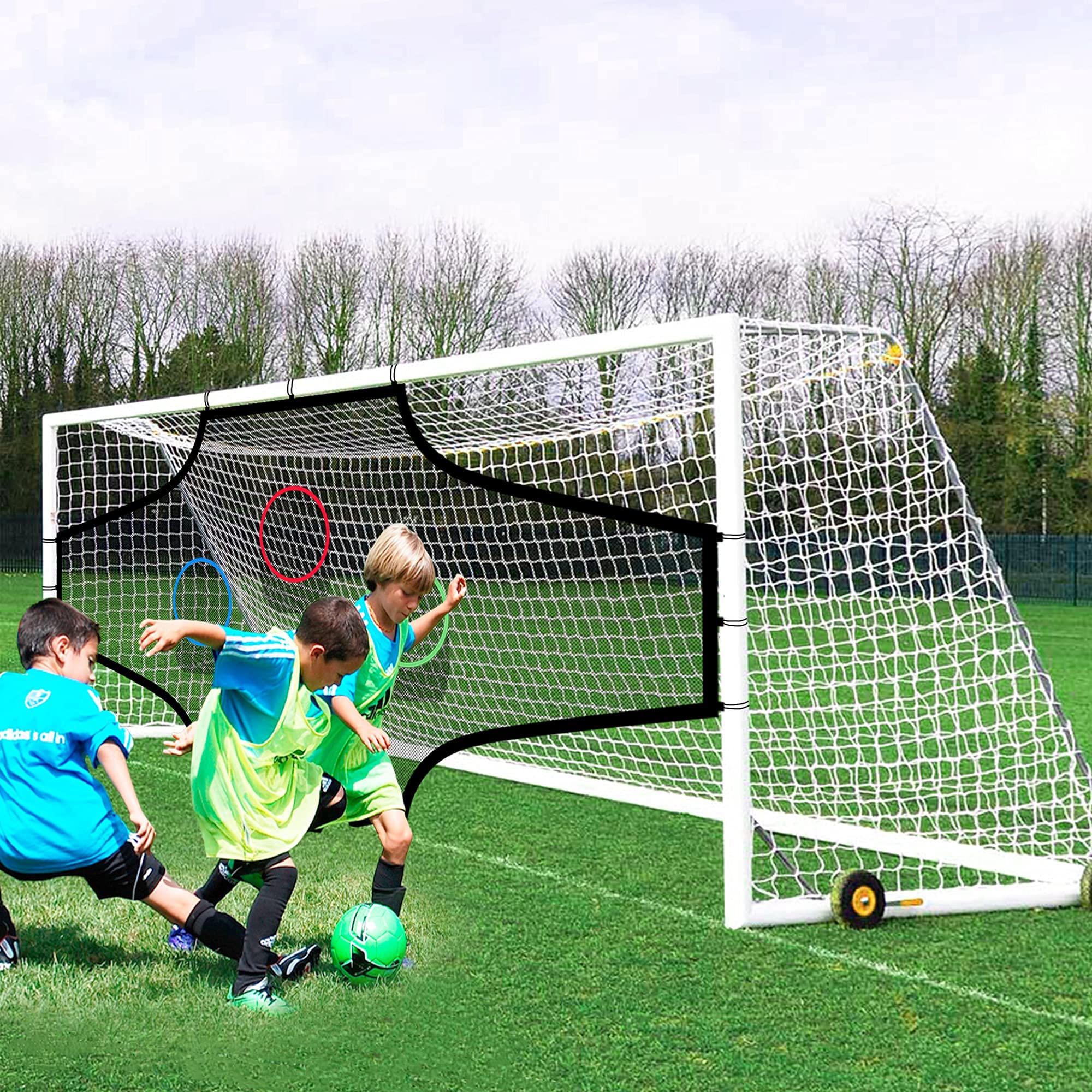
Technology in Lacrosse Training: Smart Goals and Digital Aids
As technology continues to advance, its integration into lacrosse training equipment offers exciting possibilities for skill development and performance analysis.
Innovative Lacrosse Training Technologies
- Smart goals: Equipped with sensors to track shot speed and accuracy
- Video analysis systems: Record and review shooting technique
- Virtual reality training: Simulate game scenarios for decision-making practice
- Mobile apps: Track progress and provide personalized training plans
How can technology enhance lacrosse training? By providing immediate feedback and data-driven insights, technological aids allow players and coaches to identify areas for improvement more quickly and accurately. This targeted approach can accelerate skill development and overall performance.
Community and Shared Resources: Maximizing Access to Quality Equipment
For players or teams with limited resources, exploring community-based solutions can provide access to high-quality lacrosse goals and training equipment.
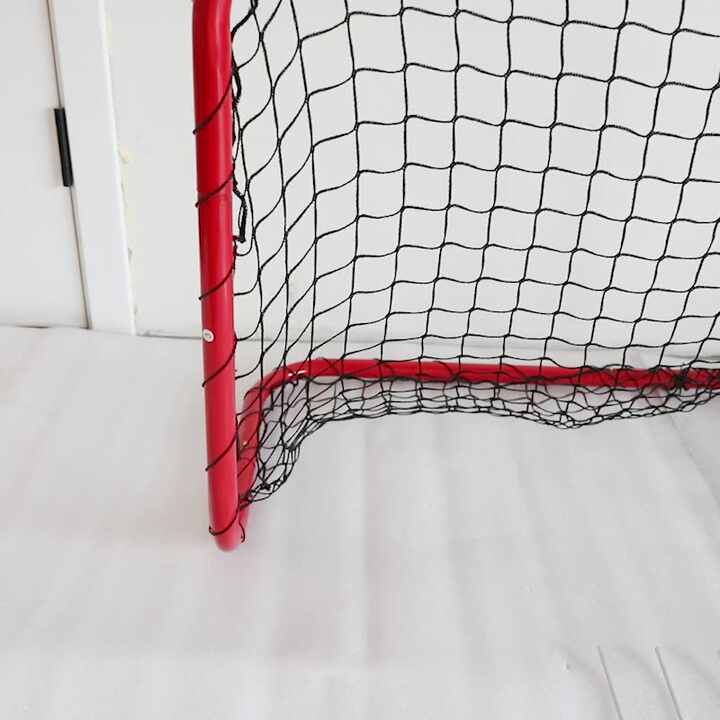
Strategies for Shared Equipment Access
- Community fundraising: Pool resources to purchase premium equipment
- Equipment sharing programs: Rotate goals among local teams or players
- Parks and recreation partnerships: Advocate for public lacrosse facilities
- School collaborations: Share resources between educational institutions
How does community-based equipment sharing benefit players? By pooling resources, players gain access to higher-quality equipment than they might afford individually. This collective approach not only improves training opportunities but also fosters a sense of community within the local lacrosse scene.
Environmental Considerations: Eco-Friendly Lacrosse Goal Options
As environmental awareness grows, considering the ecological impact of lacrosse equipment becomes increasingly important. Fortunately, there are eco-friendly options available for environmentally conscious players and teams.
Sustainable Lacrosse Goal Features
- Recycled materials: Goals made from recycled plastics or metals
- Biodegradable netting: Nets that decompose naturally over time
- Solar-powered features: Integrated lighting systems for evening practice
- Locally sourced production: Reduce carbon footprint from transportation
Why consider eco-friendly lacrosse goals? Opting for sustainable equipment allows players to enjoy their sport while minimizing environmental impact. This conscious choice contributes to the long-term health of both the sport and the planet.
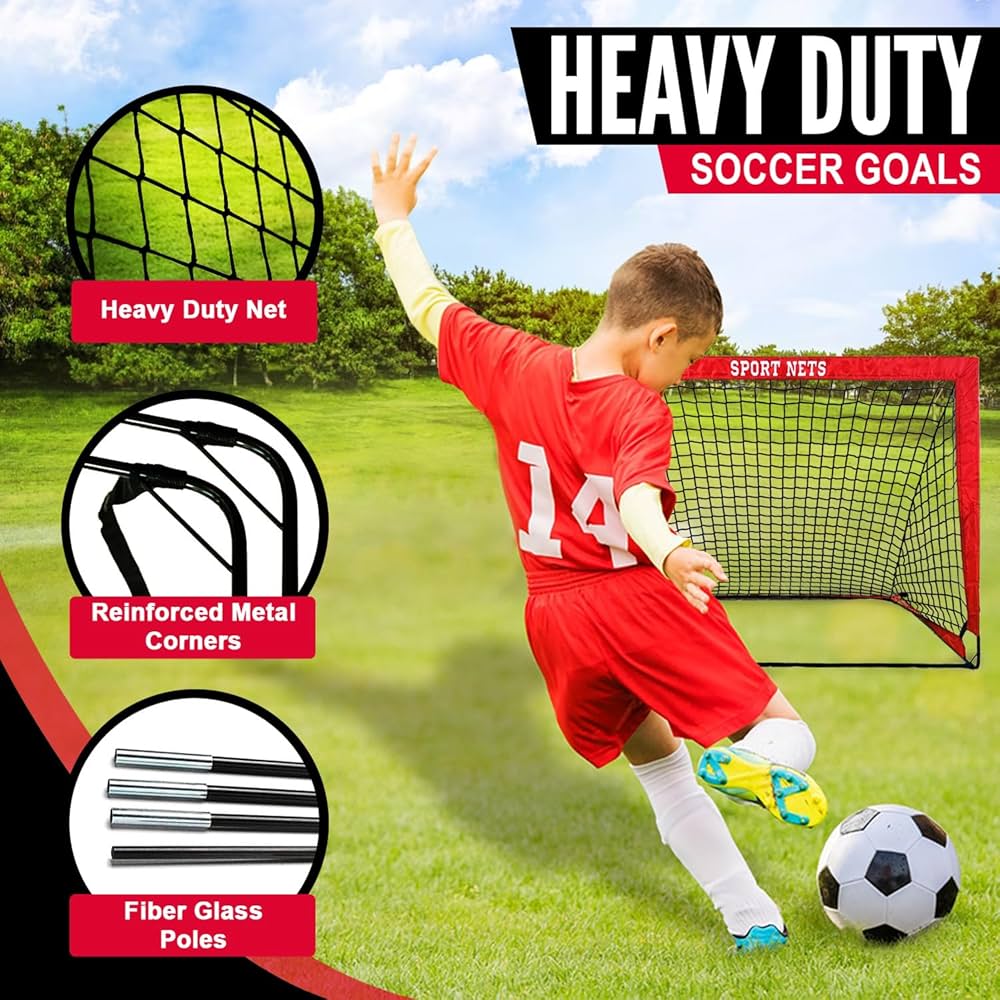
Adapting Goals for Multi-Sport Use: Maximizing Versatility
For families or facilities with limited space, investing in adaptable goals that serve multiple sports can be a game-changer. Many modern lacrosse goals can be easily modified for use in other sports, maximizing their utility and value.
Multi-Sport Goal Adaptations
- Adjustable heights: Accommodate both lacrosse and soccer
- Removable inserts: Convert lacrosse goals for field hockey use
- Attachable backstops: Transform goals for baseball or softball practice
- Portable designs: Easily reconfigure for different sports and activities
How does multi-sport adaptability benefit users? Versatile goals not only save space and money but also encourage diverse athletic development. This flexibility is particularly valuable for schools, community centers, or families with children interested in multiple sports.
Professional Insights: Goal Selection Tips from Lacrosse Experts
To gain a deeper understanding of lacrosse goal selection, we’ve gathered insights from professional players, coaches, and equipment managers. Their expertise can help guide your decision-making process when choosing the perfect goal for your needs.
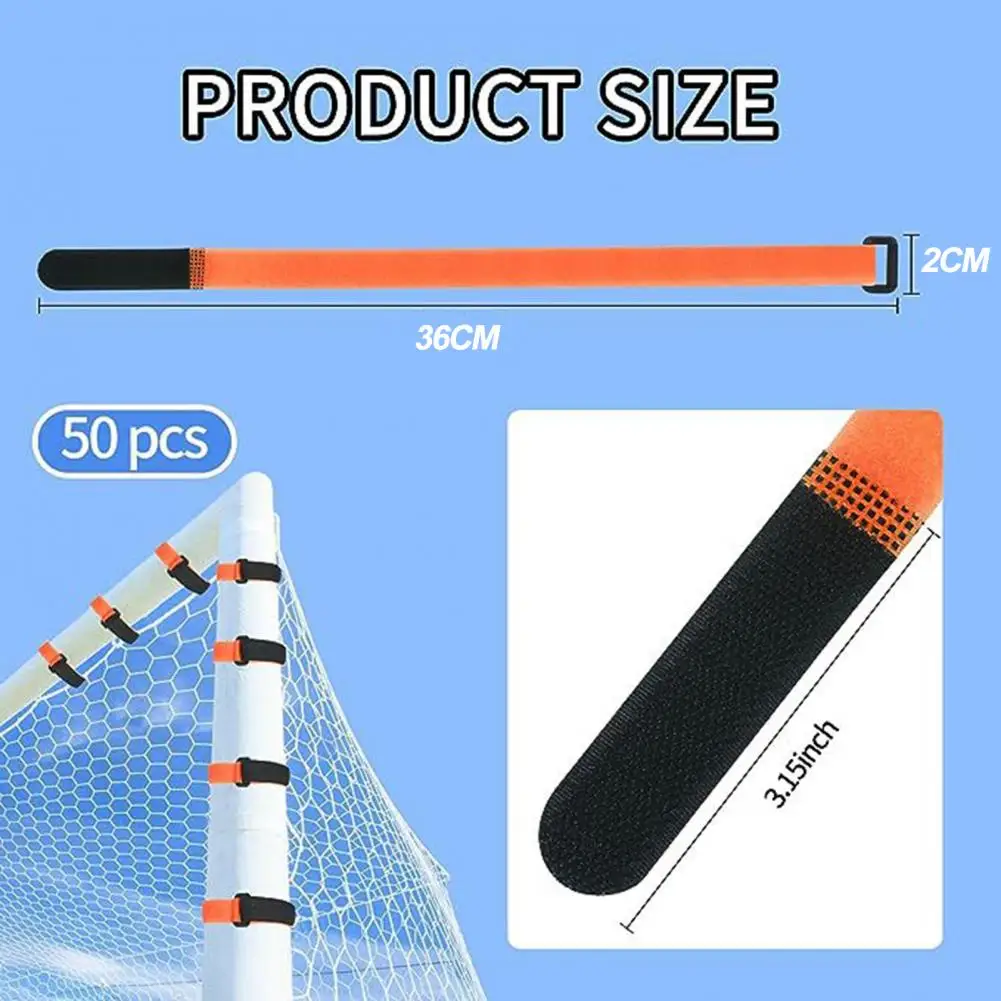
Expert Recommendations for Goal Selection
- Consider your primary use case: Practice, competition, or multi-purpose
- Evaluate your available space and storage options
- Factor in the skill level and age range of primary users
- Balance durability with portability based on your specific needs
- Don’t underestimate the importance of proper netting selection
Why trust expert advice on goal selection? Professionals have extensive experience with various types of lacrosse goals and can provide valuable insights into the pros and cons of different options. Their recommendations can help you make an informed decision that aligns with your specific requirements and goals.
Future Trends: Innovations in Lacrosse Goal Design
The world of lacrosse equipment is constantly evolving, with new technologies and design innovations emerging regularly. Staying informed about these trends can help you make forward-thinking decisions when investing in lacrosse goals.
Emerging Trends in Lacrosse Goal Design
- Smart materials: Self-healing nets and corrosion-resistant alloys
- Modular designs: Customizable goals for various game formats
- Integrated training aids: Built-in rebounders and target systems
- Lightweight, high-strength composites: Improved portability without sacrificing durability
How might future innovations impact lacrosse training? As goal design continues to advance, players can expect more efficient, effective, and tailored training experiences. These innovations have the potential to accelerate skill development and make high-quality practice more accessible to a wider range of players.
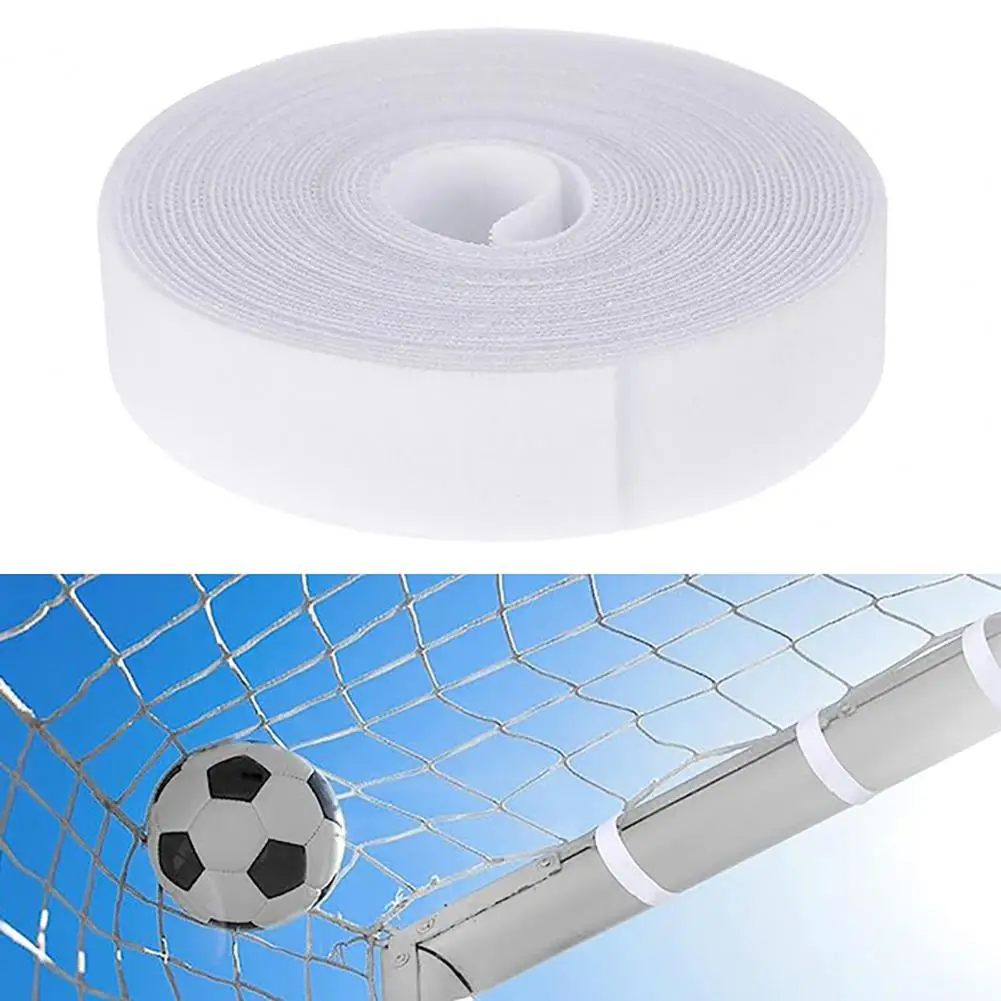
In conclusion, selecting the right lacrosse goal is a crucial decision that can significantly impact your training and skill development. By considering factors such as durability, portability, and specific training needs, you can choose a goal that will serve you well for years to come. Whether you’re a beginner just starting out or an experienced player looking to take your game to the next level, there’s a perfect lacrosse goal out there for you. Remember to regularly maintain your equipment, explore innovative training methods, and stay open to new developments in goal design to get the most out of your lacrosse practice.
Backyard Lacrosse Goals: Choose Durable Weather-Resistant Metal, Aluminum or Steel
Hey lacrosse fans! If you’re looking to step up your shooting and passing game, having the right lacrosse goal is crucial. As someone who has spent years playing lacrosse in backyards, local parks, and rec leagues, I’ve tried all kinds of goals and nets. From cheap portable versions to heavy-duty metal goals, I’ve learned what really works best for improving your skills or just having fun with friends.
If you plan to leave a goal outside year-round, definitely go for one made of strong, rust-resistant materials. Aluminum or powder-coated steel frames can withstand sun, rain, and snow. I had a cheap metal goal from a big box store start rusting after one season – not ideal! Investing a few extra bucks in weather-resistant construction will give you years more use.
Portability is also key for backyard goals. My brother has a massive steel goal bolted permanently onto a concrete pad. No doubt it’s sturdy, but it takes up a ton of space and prevents other yard games. I prefer a folding aluminum goal with wheels that I can easily move around. Then the lawn is open for football, soccer, you name it! The primed folding goals are fantastic for storage too – they collapse down for compact off-season storage.
Try This: Use Angle Iron or Stakes for More Stability

Anchoring your backyard goal properly makes a huge difference in game play. I’ve found the best way is using angle iron brackets or heavy-duty stakes. It prevents the goals from tipping and sliding during intense shooting practice. PVC pipe ground sleeves work OK too, but not quite as sturdy in my experience. Ask any goalie – a rock-solid net is crucial for making saves without fear of crashing poles!
Netting Options: What’s Best for Shooting, Passing, Goalies?
The net is just as important as the frame! For shooting and passing practice, I recommend a medium weight polyester net. You want some flex and “give” to absorb shots, while still retaining shape. Super lightweight nets will sag too much. For goalies, look for high density PE or thicker knotless nets designed specifically for intense goalie training. They’ll handle blistering shots from close range.
Replacement nets are inexpensive and breath new life into old goals. I replace my practice net each season – amazing difference for just $20-30. Pro tip: buy spare bungee cords too, they wear out over time. Keep a few on hand for quick repairs.
Take Your Game on the Road
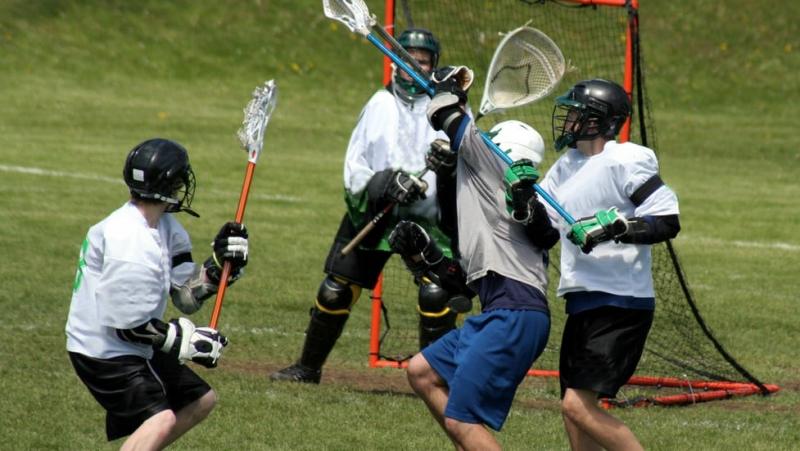
In-season practices are mostly on school or team fields. But shooting on a regulation goal at home in the off-season is huge. The muscle memory really improves accuracy. Portable folding goals are great for taking your game on the road. I have a 6’x6′ popup goal that fits easily in my car for trips. Any open field or park nearby becomes a practice zone!
Friends and I will set up two goals and run passing, shooting, defensive drills for hours. Dialing in crosses, pinpoint outlet passes, quick stick catches – it all translates onto the field. Not finding open space at home for a full goal? Get a rebounder net or purchase a pair of the mini goals instead.
Consider Kids and Beginners
Safety first when picking backyard goals for young or new players. Start with a small 3’x3′ goal with compressed netting that absorbs off-target shots. Lower the poles or tilt the goal forward so it catches wild throws rather than forcing hard saves. Move up to a regulation goal with full netting as skills improve. Padding the poles eliminates painful mis-hits too.
Pro tip: Hang a backstop netting behind the goal to trap missed shots and keep the action contained. Way better than chasing stray balls down the block!
Wrapping Up
Whether you’re a competitive player mastering drives and fakes, or just having a casual catch with family, the right lacrosse goal makes all the difference. Prioritize weather-resistant metal frames and solid construction for durability. Look for portability through folding designs or wheels if space is limited. And don’t neglect the netting – choose materials suited for your skill level. Invest in a quality backyard goal and take your practice shots to the next level!
Let me know if you have any other tips for setting up awesome home lacrosse goals. I’m always looking to improve my backyard shooting space and practice routine. What’s your go-to gear for getting game-ready? Ask any questions below, I’m happy to share what I’ve learned. Now grab a stick and let’s work on those snipes!
Portable Lacrosse Nets: Foldable Goals For Easy Setup & Storage
What’s up lacrosse lovers! Looking for goals that can move with you, whether in the backyard or on the road? Portable lacrosse nets are a game-changer for practice anywhere, anytime. As a lacrosse coach trying to maximize training time, I’m always seeking out the most versatile, durable folding goals to use.
Having lightweight, collapsible goals makes such a difference for popping up rapid-fire shooting and passing drills. My team loves when I bust out the foldable goals at local parks for intense workout sessions. And the easy breakdown after practice? Lifesaver for this busy coach! Here are my top tips for portable lacrosse nets that deliver maximum portability.
Collapsible Frames – Compact Storage Matters

For true portability, look for lacrosse goal frames that collapse down into a compact size. I prefer the folding aluminum frame models that pop open and fold flat in seconds when you need to relocate. Sturdy steel frames work too, though a bit heavier to haul. The key is easy breakdown for storage or transport – no need for tools or lengthy disassembly. Just grab and go!
Pro Tip: For big road trips, look for goals with carrying bags or cases. Keep all the hardware protected and contained. The last thing you want is lost poles and bungee cords!
Wheels and Weight – Move Goals Anywhere
Even collapsed goals can get cumbersome to lug around. My MVP portable goals have built-in wheel sets on one side. Simply tilt back and roll – makes moving them a breeze! For larger regulation-size folding goals, definitely prioritize wheels or get a custom cart. You’ll thank yourself after maneuvering heavy goals across fields, in and out of gyms, etc. all season long.
If going ultralight, there are a few “pop-up” style goals with no frames. The netting attaches right to the poles for instant portability. Just know these really require staking down well and won’t withstand high-velocity shots. But for casual backyard games? Can’t beat the easy mobility!
Net Features – Flexible Yet Durable

The netting on portable goals needs that ideal blend of flexible and sturdy. Look for medium weight polyester netting that won’t sag, but has enough give to absorb shots. Since portable goals move frequently, I reinforce high-wear points like pole attachments with double stitching or tape. Fraying net edges are no fun!
Carrying spare bungees and net repair kits is clutch for portable goal maintenance. On-the-go fixes keep practice rolling anytime issues pop up. Share the gear bag role on the team – when goals need a quick patch job, we’re covered.
Added Features – From Rebounders to Targets
Beyond basic portability, I love goals with built-in extras that maximize training. Look for options like rebounding bungee loops on the inner net to sharpen reaction time. Or removable target patches to work on shot placement. One of my portable goals came with a carrying/shooting mat – talk about versatile!
For goalies, find portable goals with backstop rebounders or angled side panels. They’ll help repel wide shots to keep action contained in tight spots. Rotating pole mounts allow adjusting rebound angles too. Get creative with drills!
Wrap Up
At the end of the day, portable lacrosse goals are about flexibility. Whether you need rapid setup for tournaments, packable goals for travel teams, or movable backyard practice nets, focus on durability, ease of transport, and useful extras like rebounders, wheels, or storage cases. The right portable lacrosse goal boosts your training options big time.
Let me know if you have go-to portable goals or other mobility tips! I’m always researching the latest innovations for our program. Portability is a must to help my athletes practice their hearts out wherever we may be. What features do YOU look for in a folding lacrosse goal? Share your favorites for speedy, stable goals that move with you!
Lacrosse Rebounders: Improve Hand-Eye Coordination With Rebounding Nets
Lacrosse fans, what’s good! Looking to tighten up your catching and reaction time solo? Lacrosse rebounder nets are the perfect practice tool. As a lacrosse player since elementary school, I’ve spent countless hours sharpening my hands with rebounders. Their angled net design sends unpredictable ball bounce backs to test reflexes and control. Let’s explore the many rebounder options to step up your hand-eye coordination!
Wall Rebounders – Classic & Compact
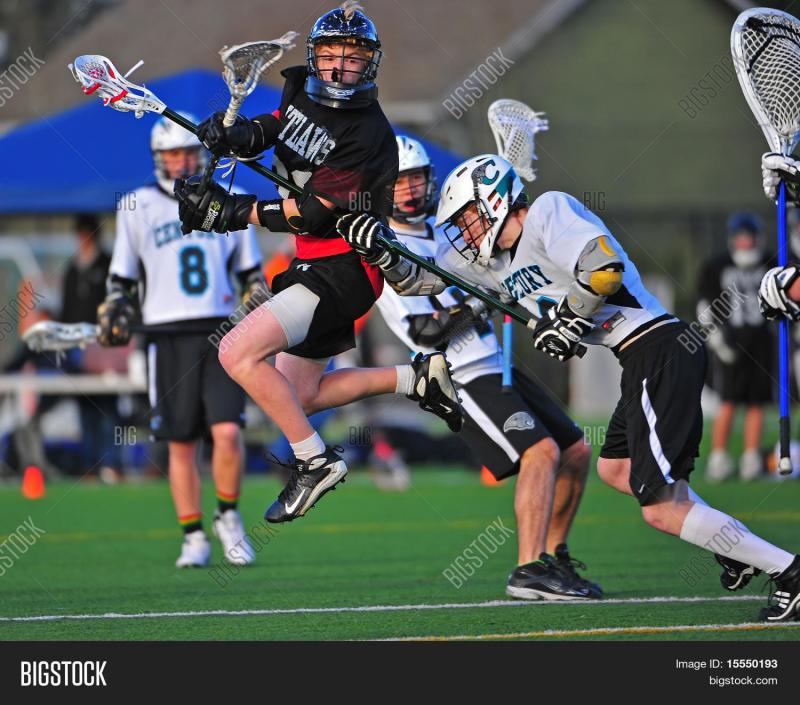
The OG rebounder is the classic wall mount style. Just hang a slanted net on any solid surface, grab your stick, and react to ball rebounds. I keep one on my backyard fence and it’s ideal for quick solo sessions. The compact size and simple setup means easy use anywhere too – attach to garages, backstops, even portable goals.
Look for full rebounding surface designs rather than half-nets. You’ll get more erratic bounces to mimic real passes. Durable nylon mesh stands up well to wall impacts too.
Freestanding Rebounders – 360 Degree Action
Though wall mounts work great, freestanding rebounders really level up your practice. With angled panels surrounding you, rebounds come from all directions to fully test reflexes. I use a 360 degree rebounder net in my driveway that has adjustable bungee tension and swivel mounts. The crazy bounces keeps me laser focused!
Freestanding rebounders are awesome for goalie training too. Take shots then react to unpredictable saves bouncing right back at you! Look for rebounder frames allowing different bungee angles to mix up the rebound pattern.
Incorporate Movement Drills
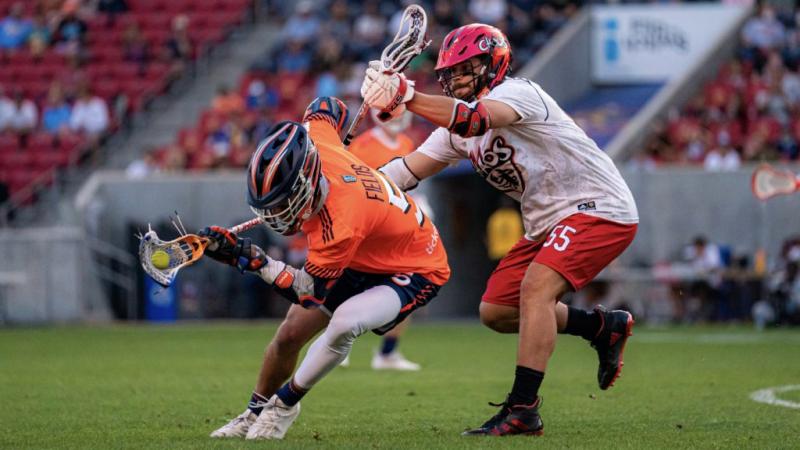
To combine hand-eye work with footwork, set up cones or markers around your rebounder. After each rebound catch, sprint to the next cone before throwing again. Or do side-to-side shuffles and quick pivots to snag off-angle bounces. Mimicking game movements is crucial – I see my rebounding and catch technique get 10x better!
For goalies, do walk the arc or X drills, reacting to ricocheting saves. Constantly repositioning prior to rebounds improves real game agility big time. Ask a teammate to randomly pass while you train too – the mix of human passes and net rebounds elevates reflex intensity!
Choose Your Rebounder Features
Beyond bounce back nets, many rebounders offer handy bonus features:
- Storage bags – Easy portability
- Target patches – Aim for sections of the net
- Wheels – Increase mobility
- Shooting mats – Multipurpose practice
- Tool-less assembly – Quick set up anywhere
I love getting the most out of my training gear, so versatile rebounders that improve shooting, passing, footwork etc. are invaluable. Shop around for the bonus features matching your skill needs and practice style!
DIY Rebounders
Don’t want to buy a pre-made rebounder? Build your own on the cheap!
Simply get a large piece of rebounding net material, some bungee cords, and PVC pipe. Attach the net at angles along the frame in a square or octagon shape. Use strong cord for high tension bounces. Get creative with materials – I’ve even seen cool wooden rebounders!
Wrap Up
Improving your lacrosse reflexes and reaction time requires focused practice. Rebounder nets provide the ultimate solo training tool with challenging multi-angle ball bounces. Start with a basic wall-mounted net for affordability and ease of use. To take it up a notch, grab a 360 degree freestanding rebounder for complete catching development.
Incorporate footwork and movement patterns along with rebound training to maximize results. And look for bonus features like portability or shooting mats to expand your practice options. Take advantage of unpredictable rebounders and watch your hand-eye coordination reach new levels!
Let me know about your favorite rebounder drills or training tips. I’m always looking to add new agility and reaction drills into my practice routine. How have rebounders improved YOUR lacrosse game? Share your top hand-eye training ideas below!